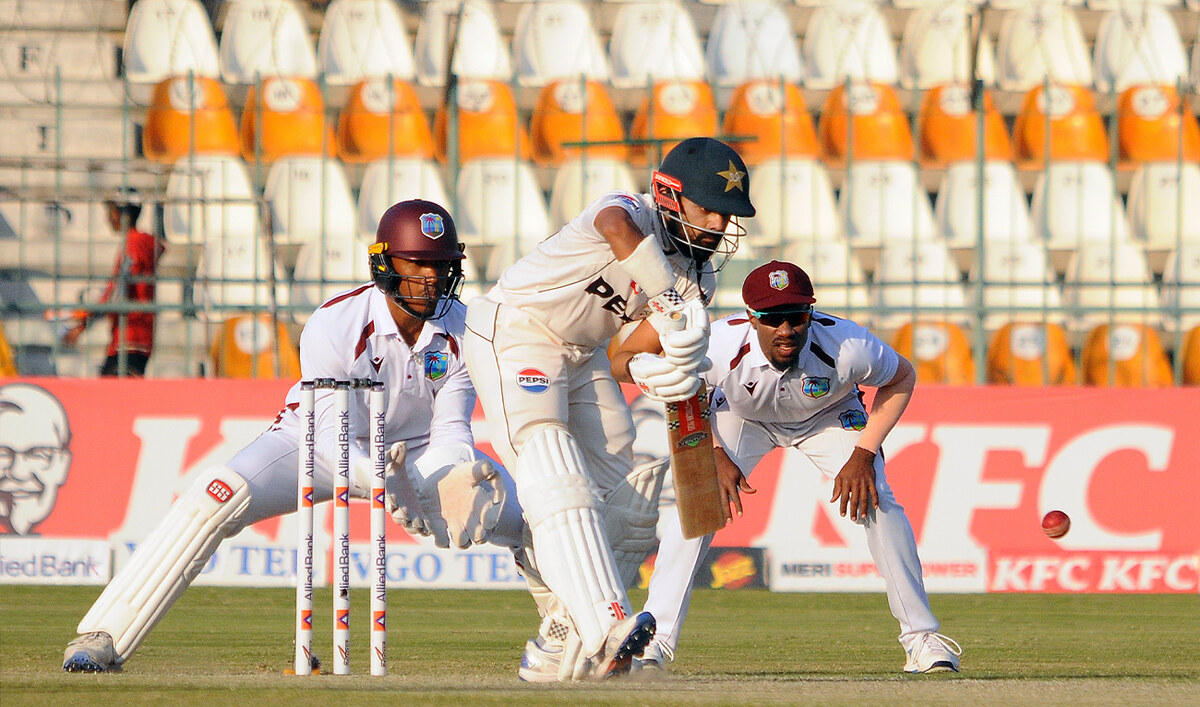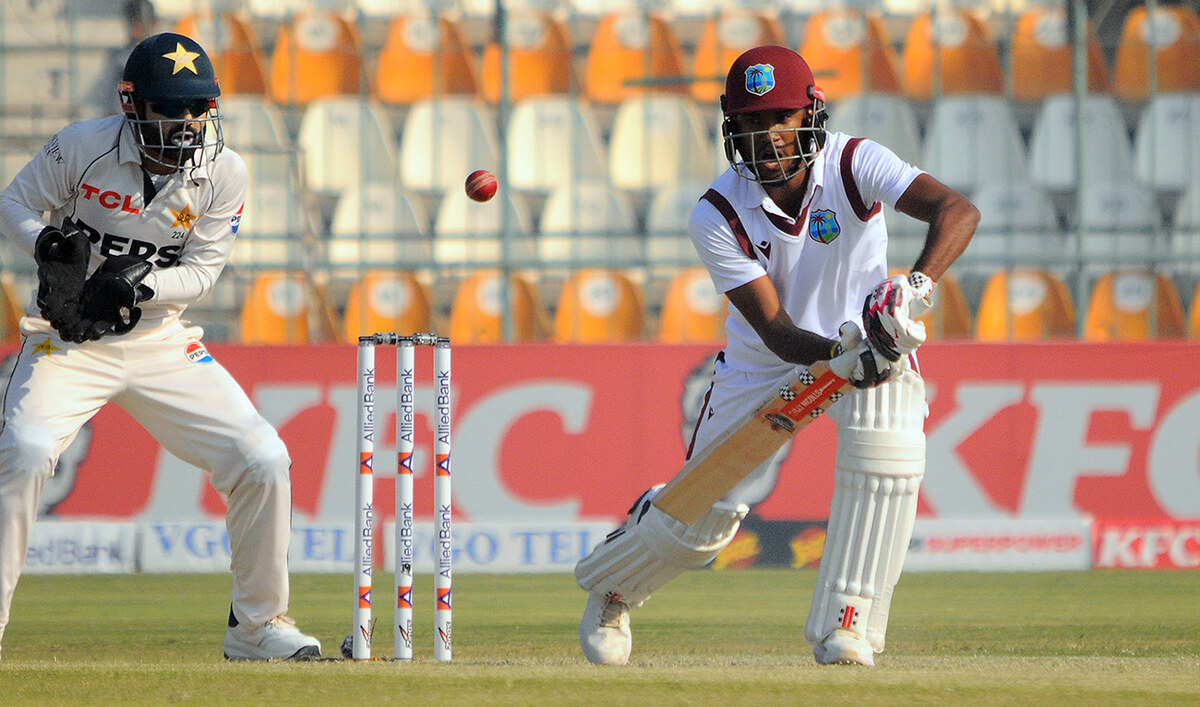ISLAMABAD: Women voters in 18 percent communities in the jurisdiction of male and female polling stations voted differently from their men counterparts during General Elections in Pakistan in Feb. 2024, a Pakistani election monitor said on Sunday.
Pakistan held its general election on Feb. 8, 2024 that was marred by a mobile Internet shutdown and unusually delayed results. The polls threw up a hung National Assembly and were followed by weeks of protests by opposition parties over allegations of rigging and vote count fraud.
Pakistani election authorities denied the allegations, and Shehbaz Sharif, who was favored by a coalition of political parties, secured a comfortable win over Omar Ayub of the Sunni Ittehad Council (SIC), which was backed by jailed former prime minister Imran Khan.
The Free and Fair Election Network (FAFEN), which aims to promote electoral transparency in Pakistan, compared results of male and female polling stations in the same communities and found that in 82 percent of the communities, male and female voters’ choice of winner was aligned.
“In 18 percent of the communities, male and female voters diverged in their choice of winner as they returned different winners from their respective polling stations,” FAFEN said in its report issued on Sunday.
“Compared to rural areas, communities in urban areas showed more divergent choices among male and female voters.”
The federal capital of Islamabad had the highest proportion (37 percent) of electoral communities with different winners in male and female polling stations. Balochistan had the second-highest proportion (32 percent), followed by Sindh (19 percent) and Punjab (18 percent), while Khyber Pakhtunkhwa (KP) had the lowest proportion (13 percent) of such electoral communities, according to the report.
Of the 3,884 communities where women’s choice of winner for National Assembly (NA) seats was different, the Pakistan Tehreek-e-Insaf (PTI) won more support from women in 1,260 communities, followed by the Pakistan Muslim League Nawaz (PMLN) in 1,027 and the Pakistan Peoples Party Parliamentarians (PPPP) in 694 communities. Regional trends showed that while the PTI performed well across the country in terms of women voters’ choice, the PML-N remained strong in Punjab, and the PPPP dominated in Sindh.
The assessment included 21,188 communities, comprising 42,804 comparable male and female polling stations. In 37 NA constituencies, the largest proportion of voters in female polling stations did not vote for the winning candidates, according to the report.
In 226 NA constituencies, the largest proportion of voters in female polling stations voted for the constituency winner. In 166 of those NA constituencies, compared to voters in male polling stations, a larger proportion of voters in female polling stations polled for the winner.
Pakistan’s National Assembly has a total 336 seats, of which members are directly elected on 266, 60 are reserved for women and a further 10 for religious minorities.
“In seven constituencies – NA-43 Tank-cum-Dera Ismail Khan, NA-49 Attock-I, NA-55 Rawalpindi-IV, NA-87 Khushab-I, NA-94 Chiniot-II, NA-128 Lahore-XII and NA-163 Bahawalnagar-IV – the lead at female polling stations determined the winner,” FAFEN said.
Pakistani women voted differently from men in 18 percent communities in 2024 general election — report
https://arab.news/r4yax
Pakistani women voted differently from men in 18 percent communities in 2024 general election — report

- Pakistan held a general election on Feb. 8 last year that was marred by a mobile Internet shutdown and unusually delayed results
- The polls threw up a hung parliament and were followed by weeks of protests over vote count fraud, an allegation denied by authorities




















